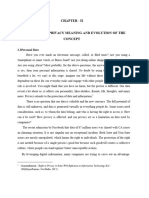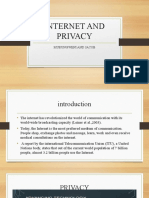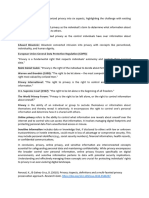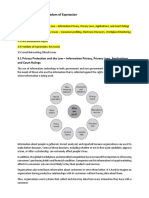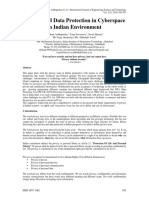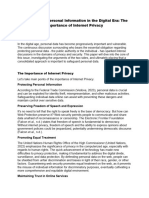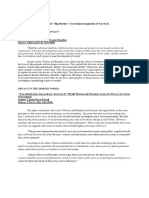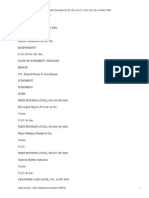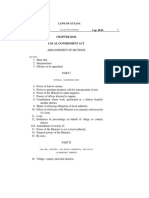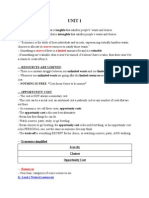0% found this document useful (0 votes)
11 views7 pagesTechnology & Privacy Risks
The document discusses the concepts of technology, privacy, and identity theft, highlighting the importance of data privacy and the risks associated with internet usage. It outlines various types of identity theft, including online, mail, and medical identity theft, and emphasizes the need for protection services. Additionally, it explains the significance of privacy in maintaining personal boundaries, trust, and the ability to change without societal judgment.
Uploaded by
rainierperalta50Copyright
© © All Rights Reserved
We take content rights seriously. If you suspect this is your content, claim it here.
Available Formats
Download as DOCX, PDF, TXT or read online on Scribd
0% found this document useful (0 votes)
11 views7 pagesTechnology & Privacy Risks
The document discusses the concepts of technology, privacy, and identity theft, highlighting the importance of data privacy and the risks associated with internet usage. It outlines various types of identity theft, including online, mail, and medical identity theft, and emphasizes the need for protection services. Additionally, it explains the significance of privacy in maintaining personal boundaries, trust, and the ability to change without societal judgment.
Uploaded by
rainierperalta50Copyright
© © All Rights Reserved
We take content rights seriously. If you suspect this is your content, claim it here.
Available Formats
Download as DOCX, PDF, TXT or read online on Scribd
/ 7

